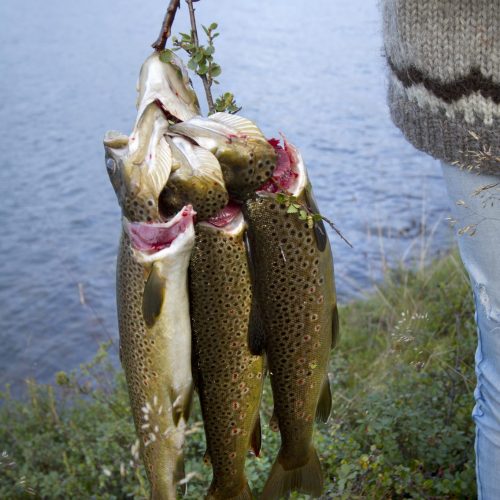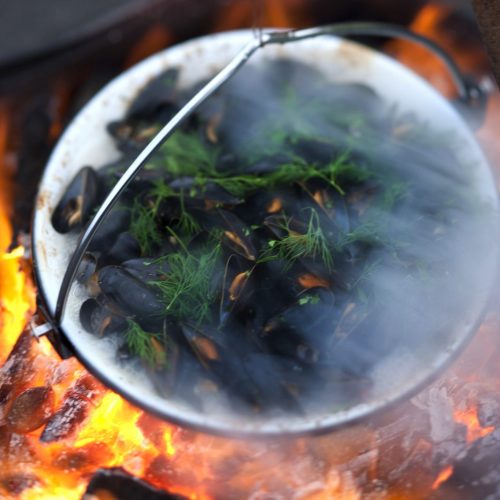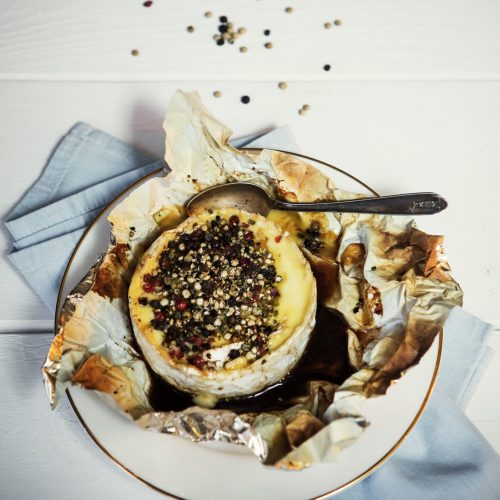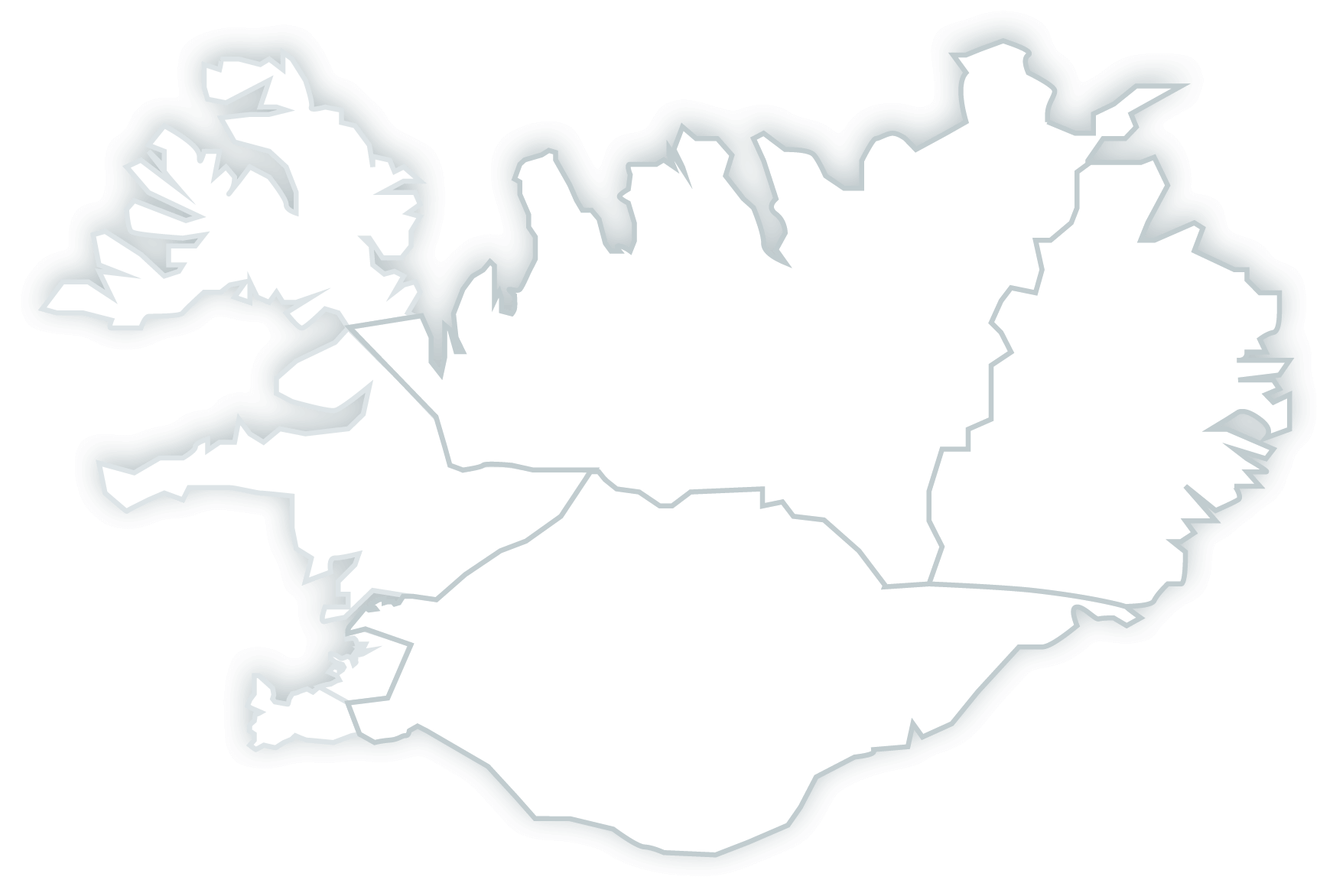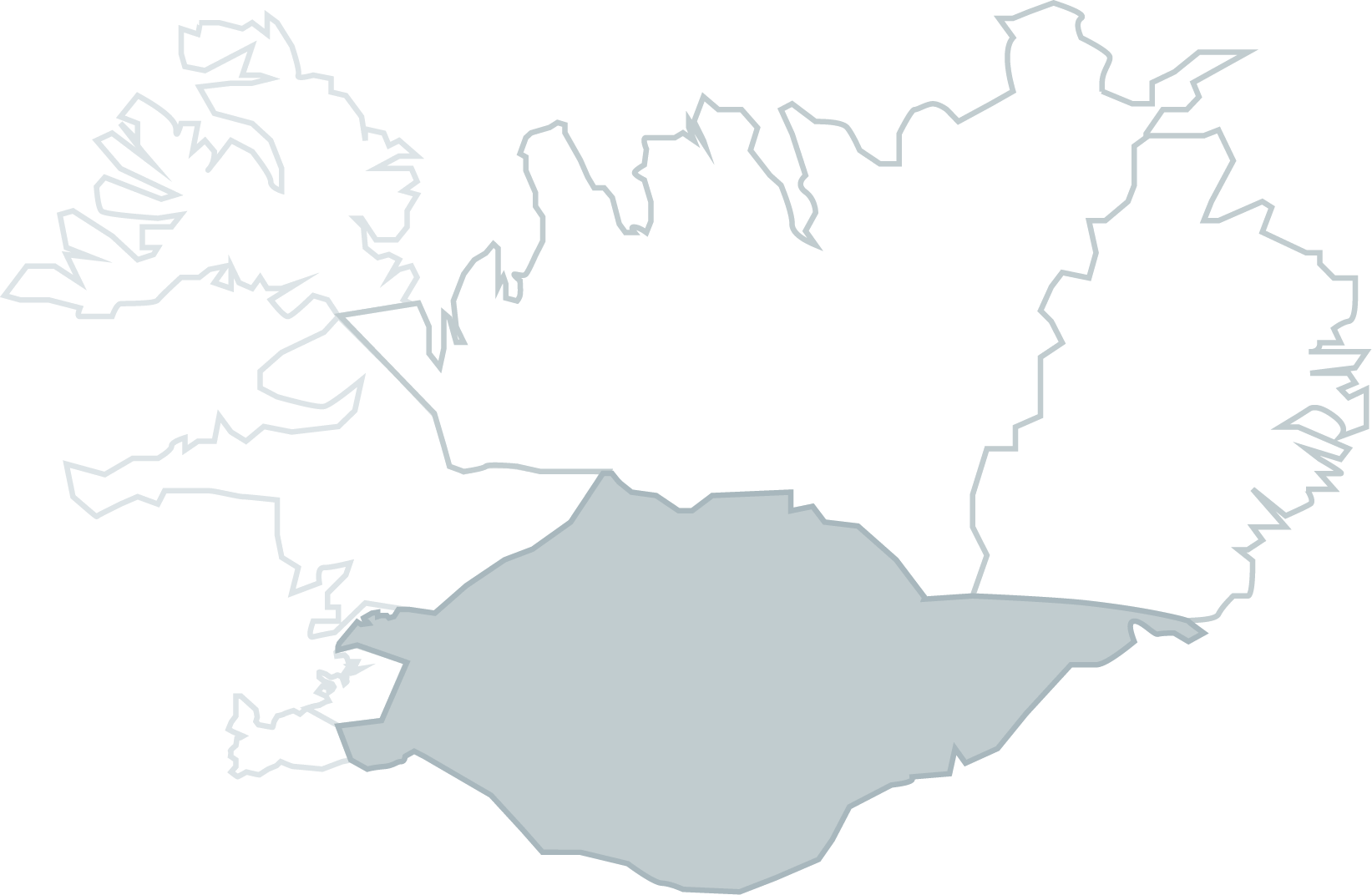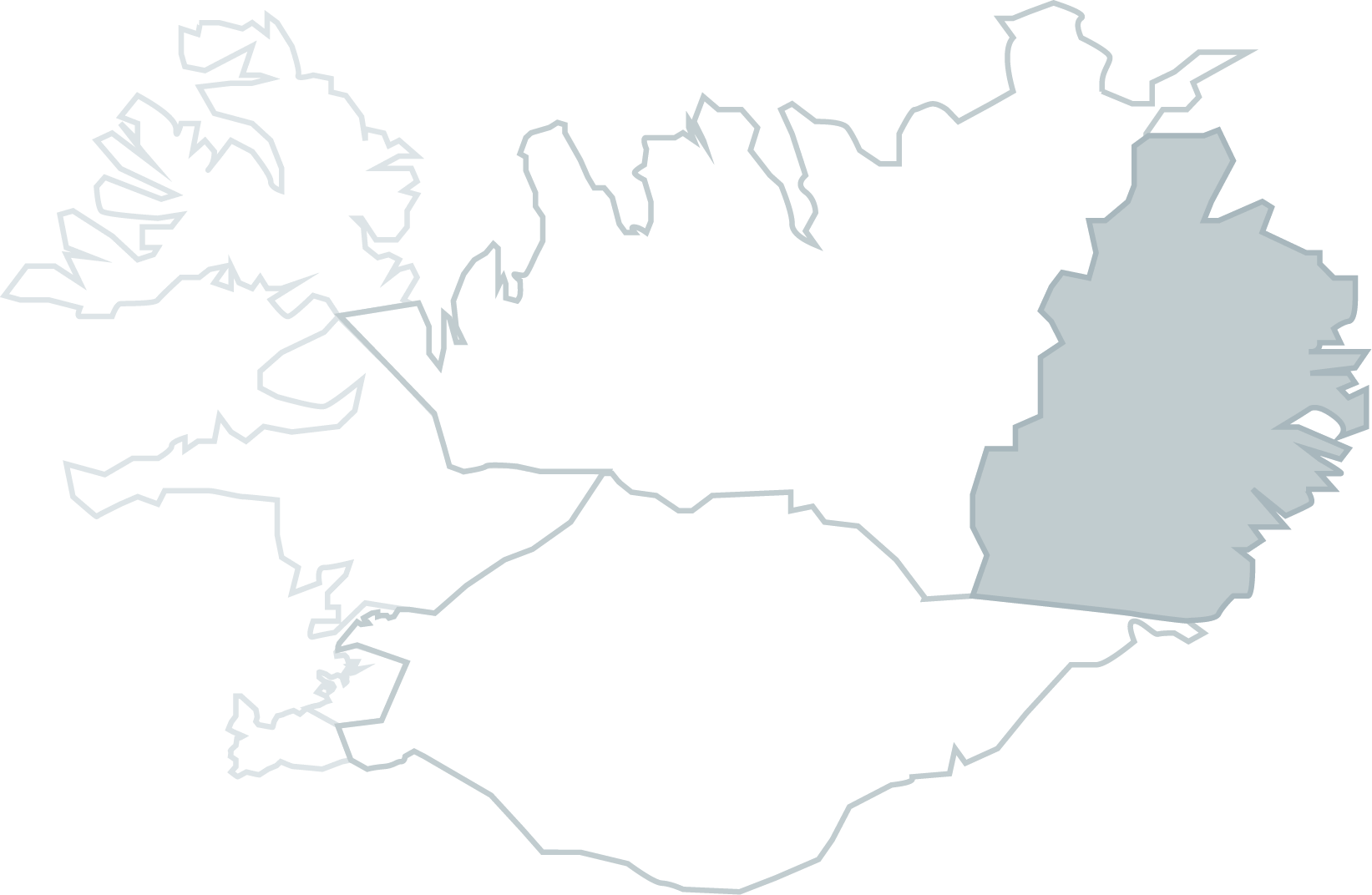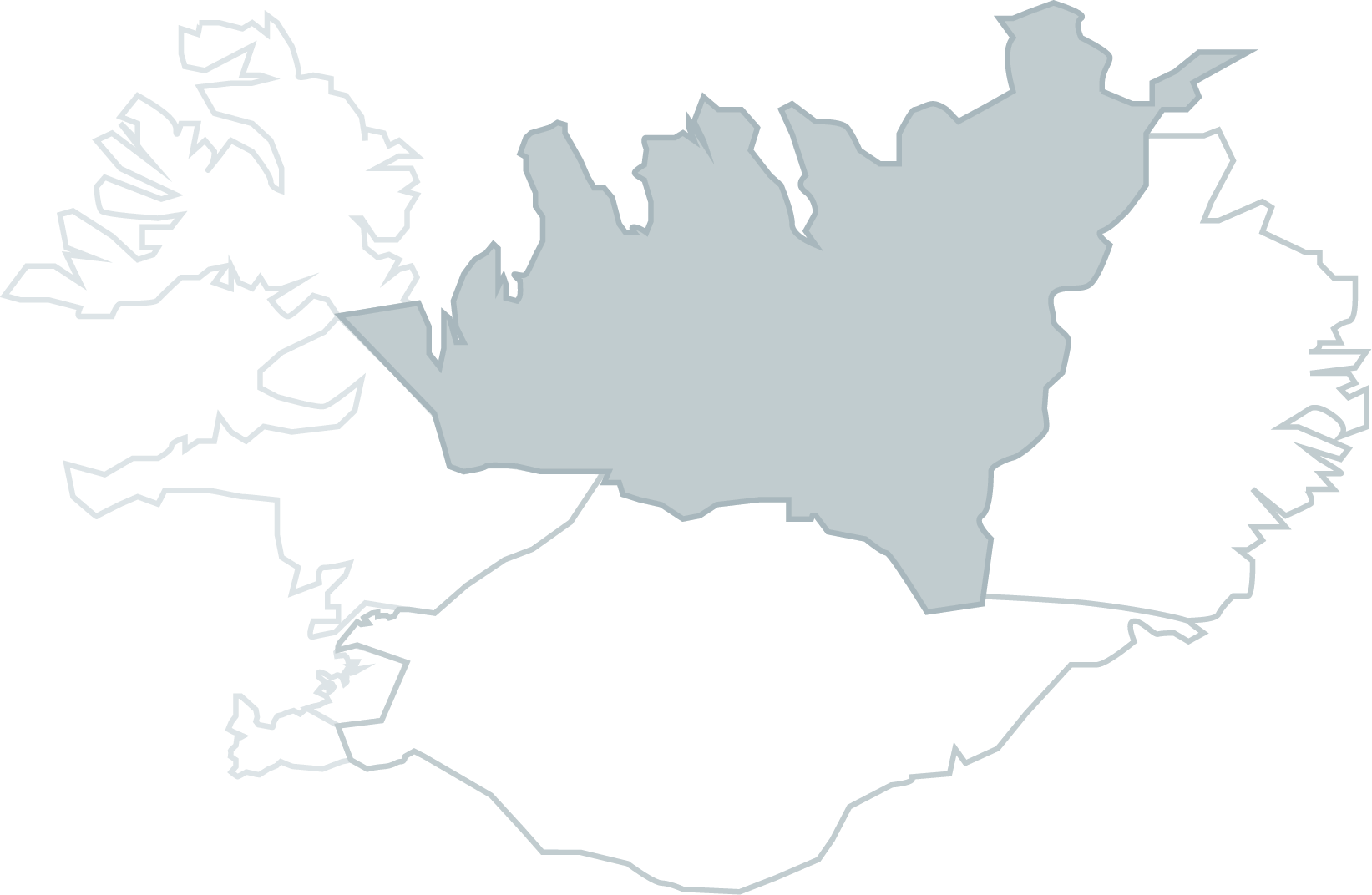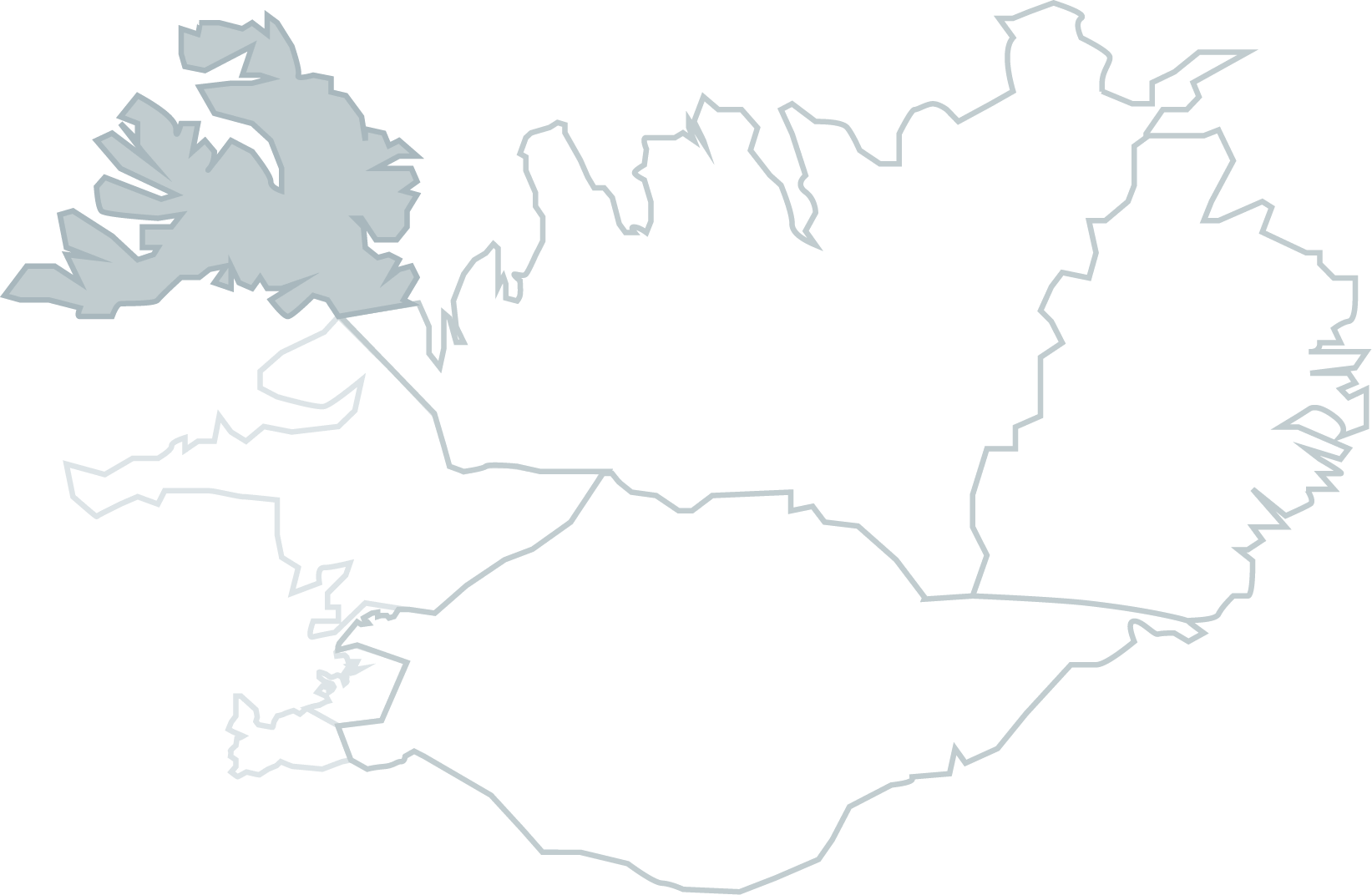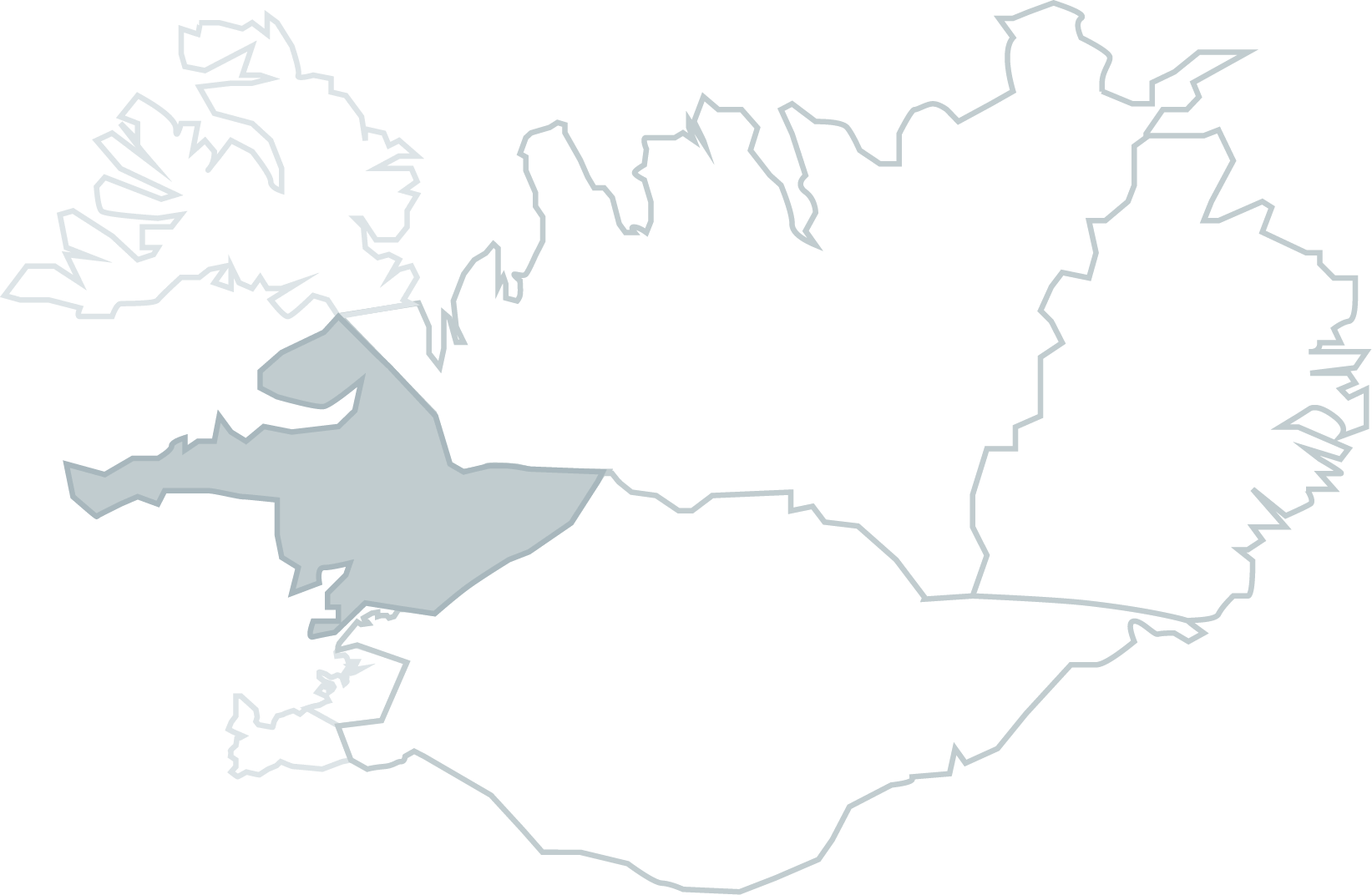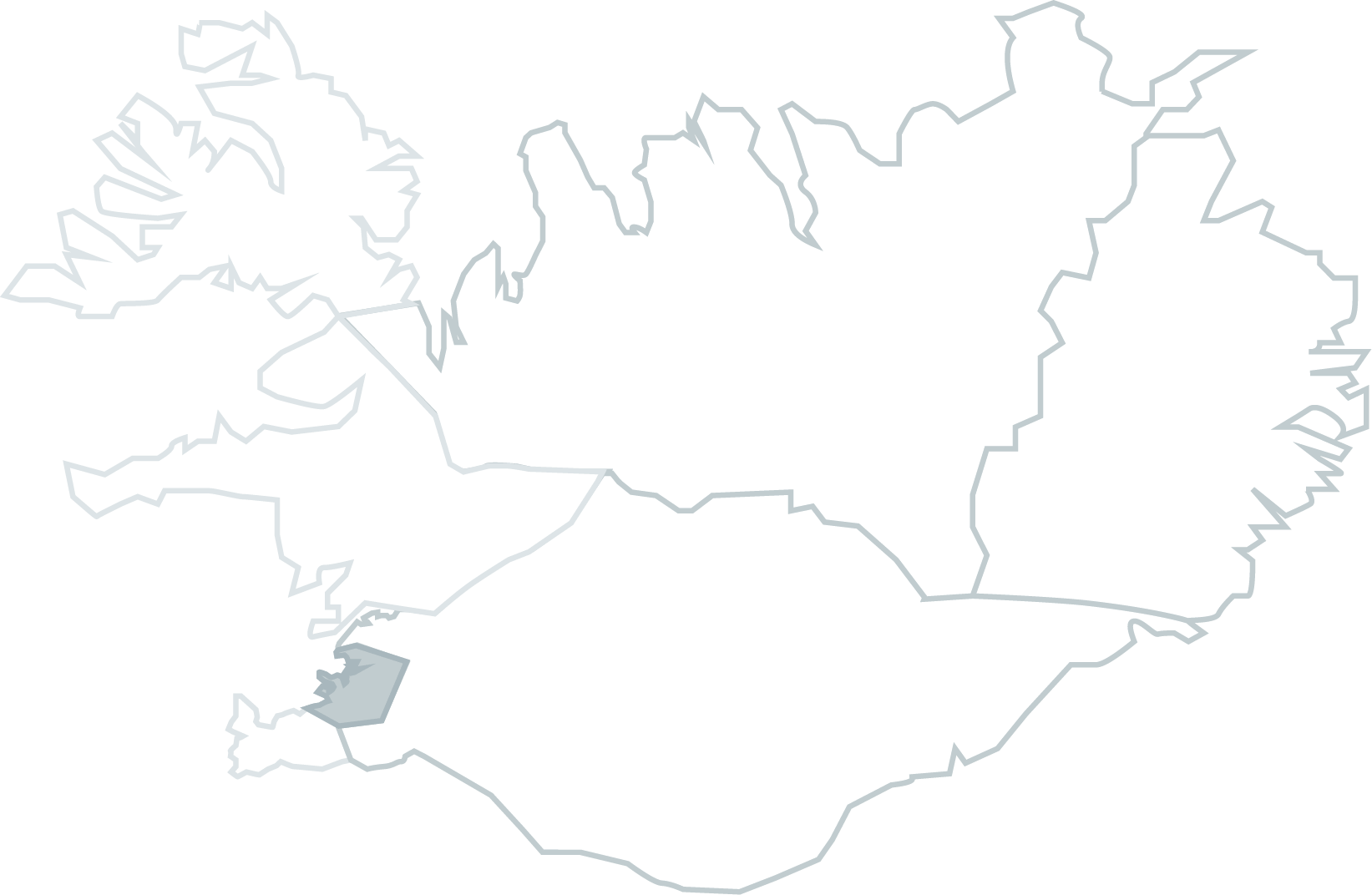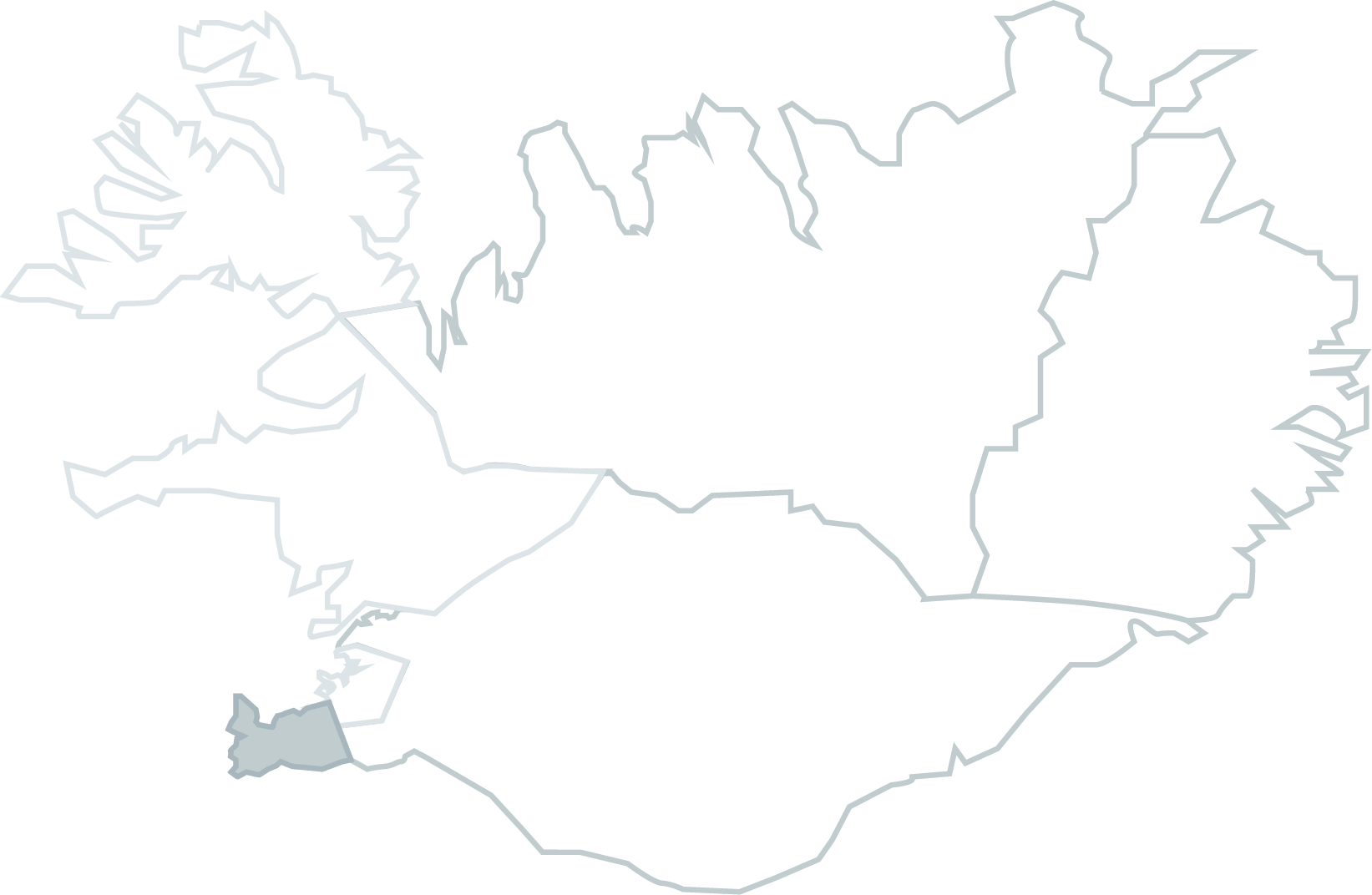The West
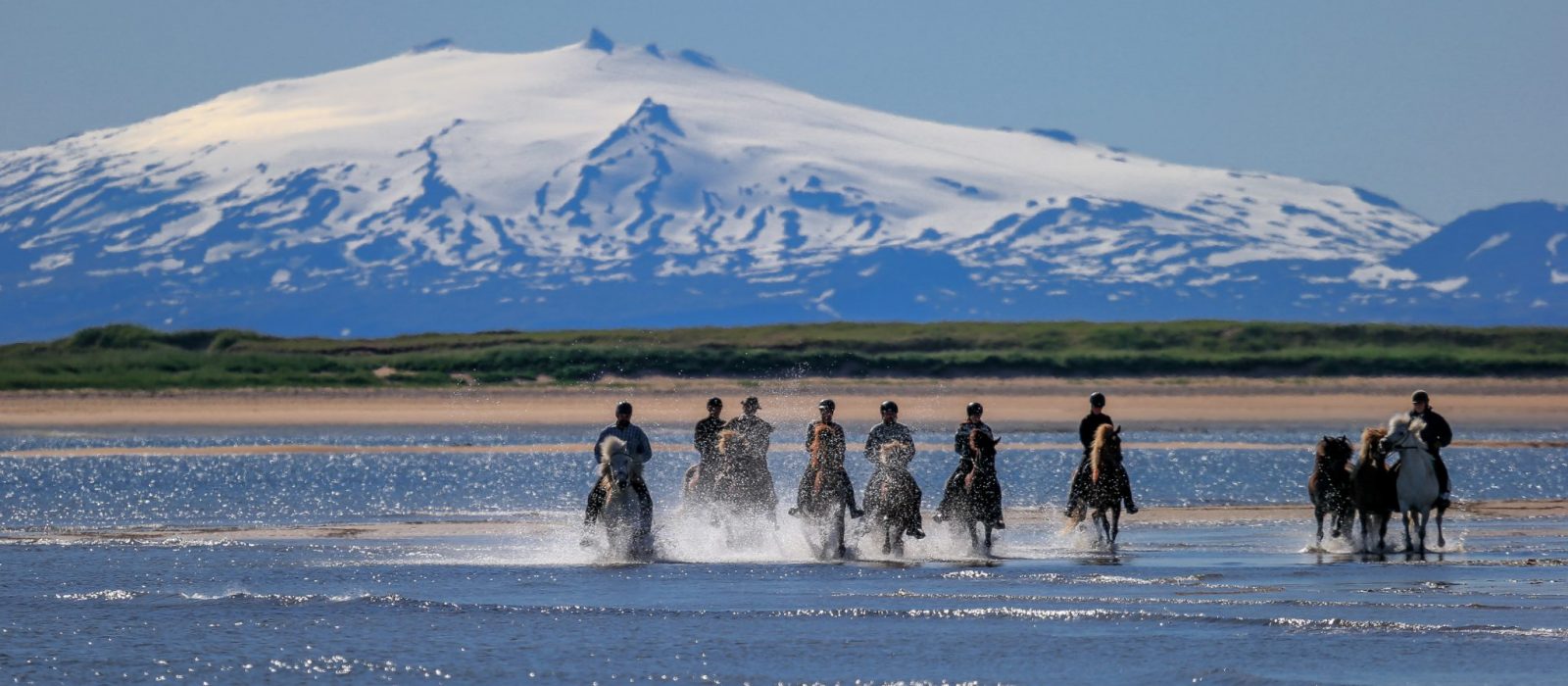
Iceland’s West is expansive and encompasses a variety of different landscapes. The islands of Breiðafjörður are a treasure trove of food where fishing and the use of natural resources have gone hand in hand for centuries. The fish, seals, whales and the birds have been a key factor in the lives of the population. Marine vegetation has been used for generations with shellfish gaining popularity in recent times. Sheep graze along the shore giving them a special and desirable flavor.
The Seal was crucial, but not anymore
The natural resources in Breiðafjörður are more diverse than in the rest of the country. The puffin was welcomed, the nestlings were called “kofa,” and the hunt was named after them. The puffin was plucked, salted and smoked. Fresh birds were cooked into “kofnasúpa” with fresh potatoes and spiced with scurvy grass and dock. Þorleifur Þorleifsson, the doctor in Bjarnarhöfn, advised those with whom the fresh meat did not agree, to boil cabbage and potatoes with the meat.
Seals were a crucial factor in the population’s diet and every part of them was used up. Land seal pups were caught in nets in the spring and the Atlantic seal was captured in mid-October. The blubber was salted in barrels or melted into seal oil and used both as lamp fuel and as a spread. The meat was eaten fresh, salted and smoked and in later times cooked over hot coals.
Mussel soup for Insomnia
Mussel soup is a tried and tested cure for insomnia, according to an old housewife in Mýrar. Dulse was picked and laid out in the rain for steeping; it was then dried and eaten with butter. No cod was fished in inner Breiðafjörður, for that, men went to Snæfellsnes and out to sea during fishing season. Lumpfish, on the other hand, was caught by the shores. The male lumpfish was eaten fresh or smoked while the female lumpfish was fried twice or half-dried to get rid of the water. Flounder was caught and made into fish soup. Búahrogn, a type of caviar, was made in the islands of Breiðafjörður and Hellnar and pancakes were made of the roe.
Dairy County
Snæfellsnes has been a fishing hub for centuries and in many places, one can find the remains of the old fishing stations. Dairy products, mainly cheese, are produced in Dalir. Erpsstaðir is a place of innovation in cheesemaking, skyr production and farmer-to-consumer ice cream. Borgarfjörður is known for its strong agriculture and plentiful salmon rivers.
Beer & Brennivin
Just like all around the country, new and original restaurants are popping up in the West. The Icelandic Brennivín is distilled in Borgarnes, where you can also find breweries making beers that have garnered international attention.
For more information about the culinary experiences of the West, see Visit West Iceland.
Photo of cheese from MS Iceland Dairies
Raw materials
-
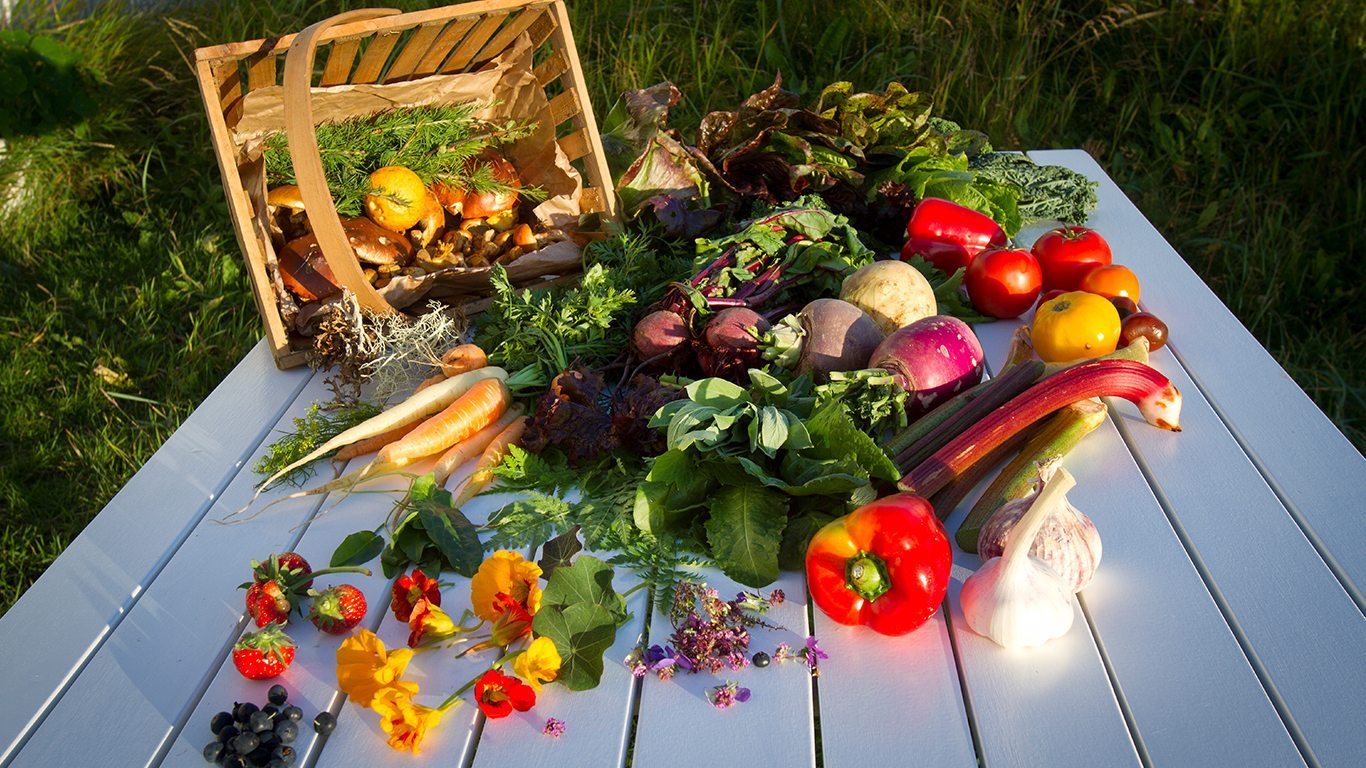
Tomatoes, Cucumbers & Peppers
-
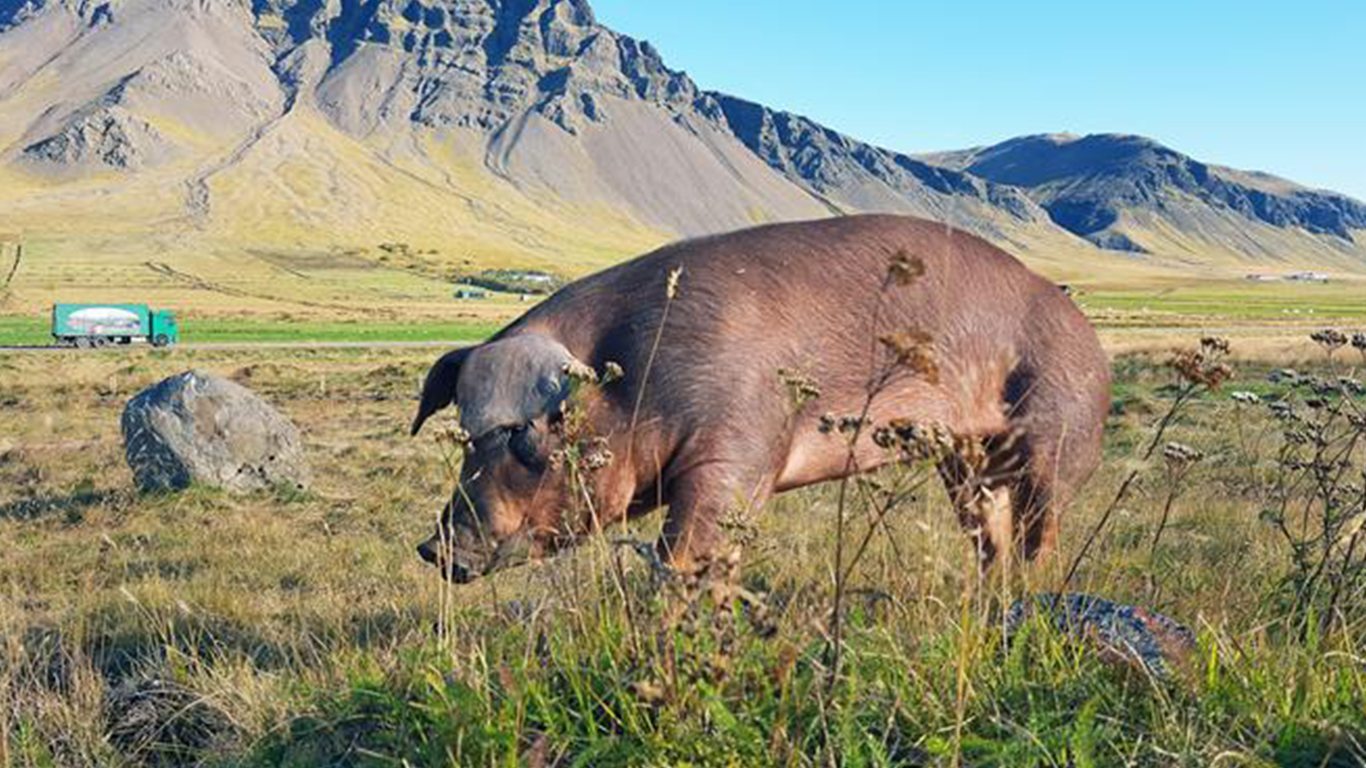
Pigs
-
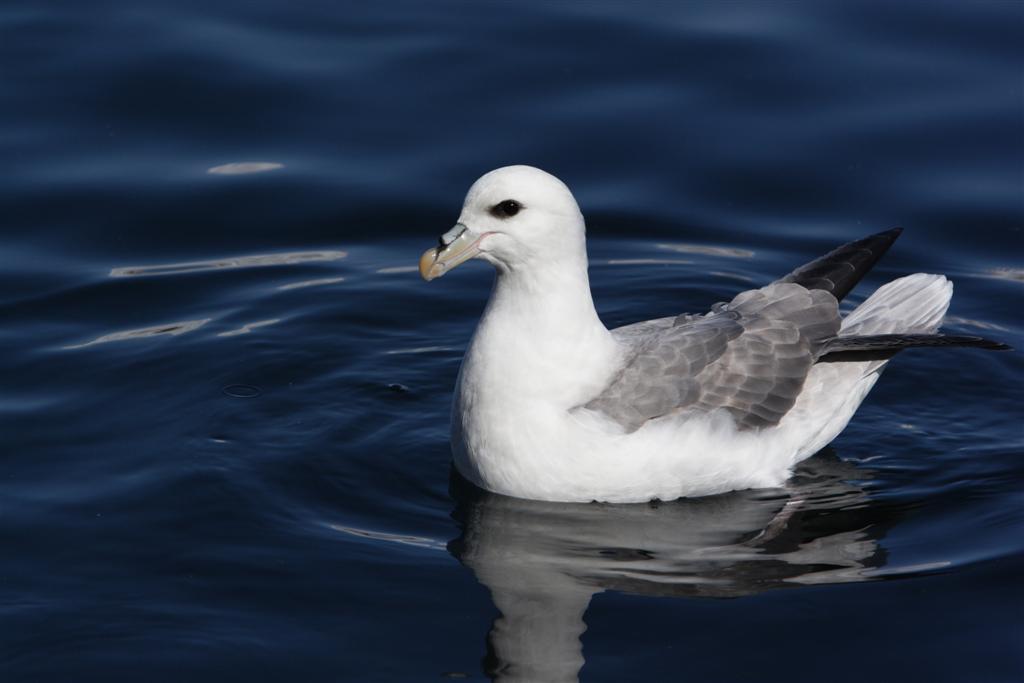
Arctic Fulmar
-
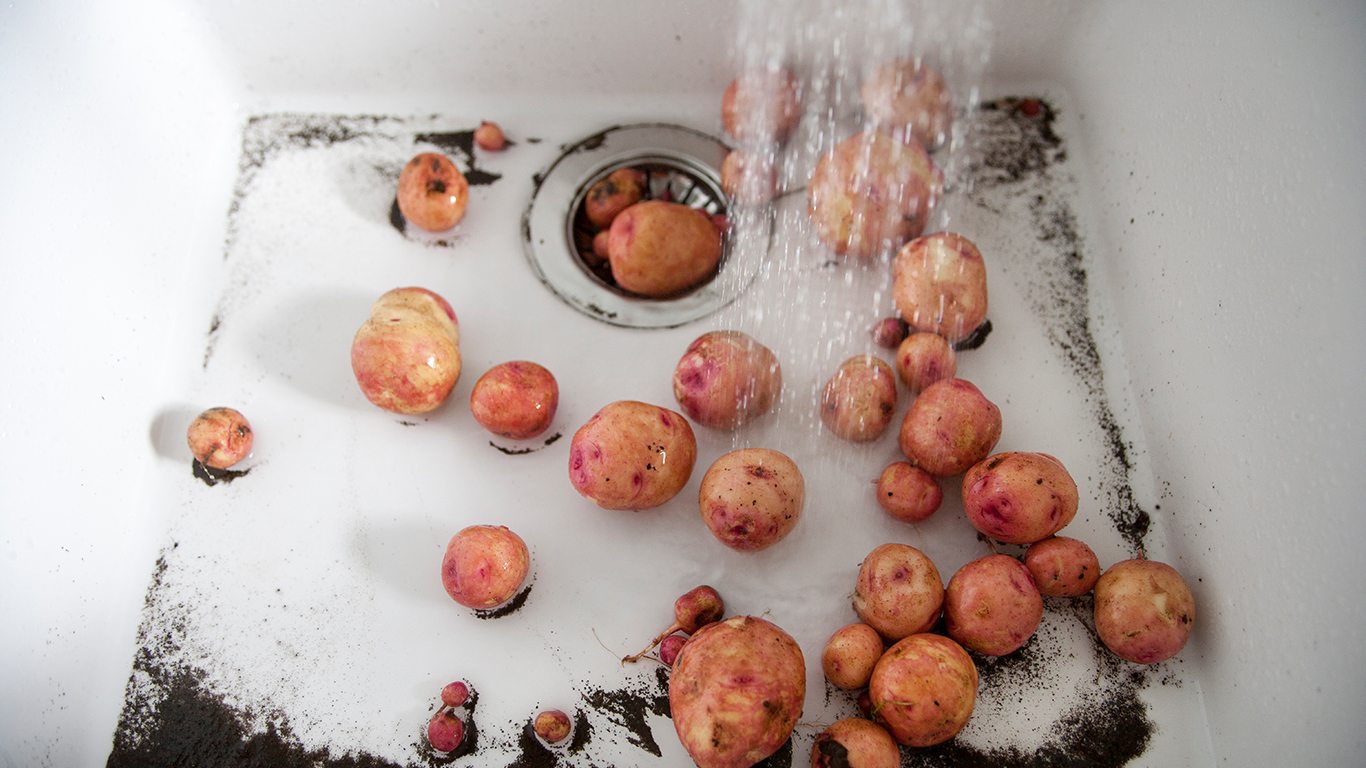
Potatoes
-

Rhubarb
-
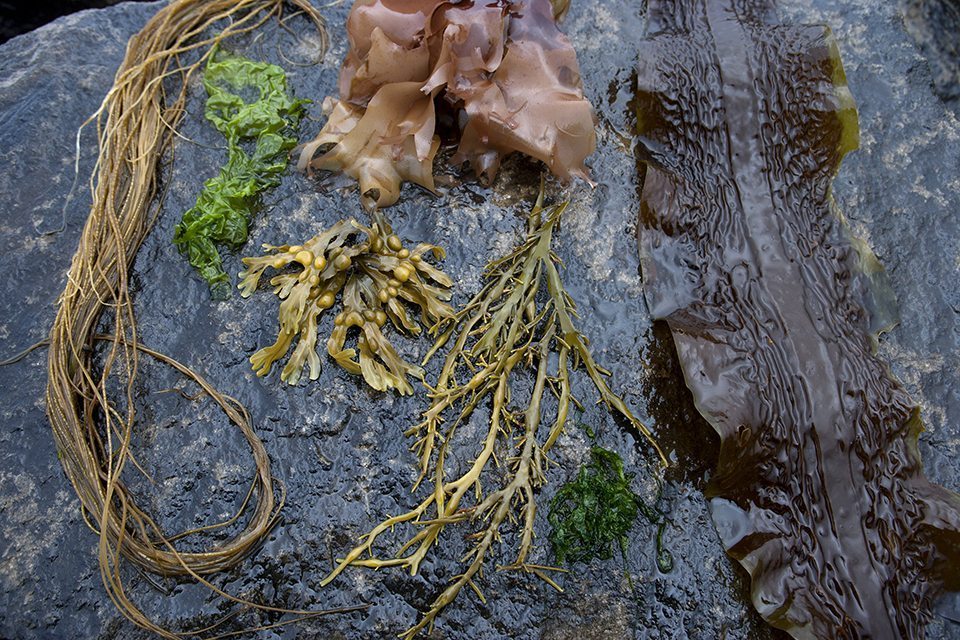
Dulse, Seaweed, & Carragheen
-

Iceland Moss, Angelica, Berries, etc.
-
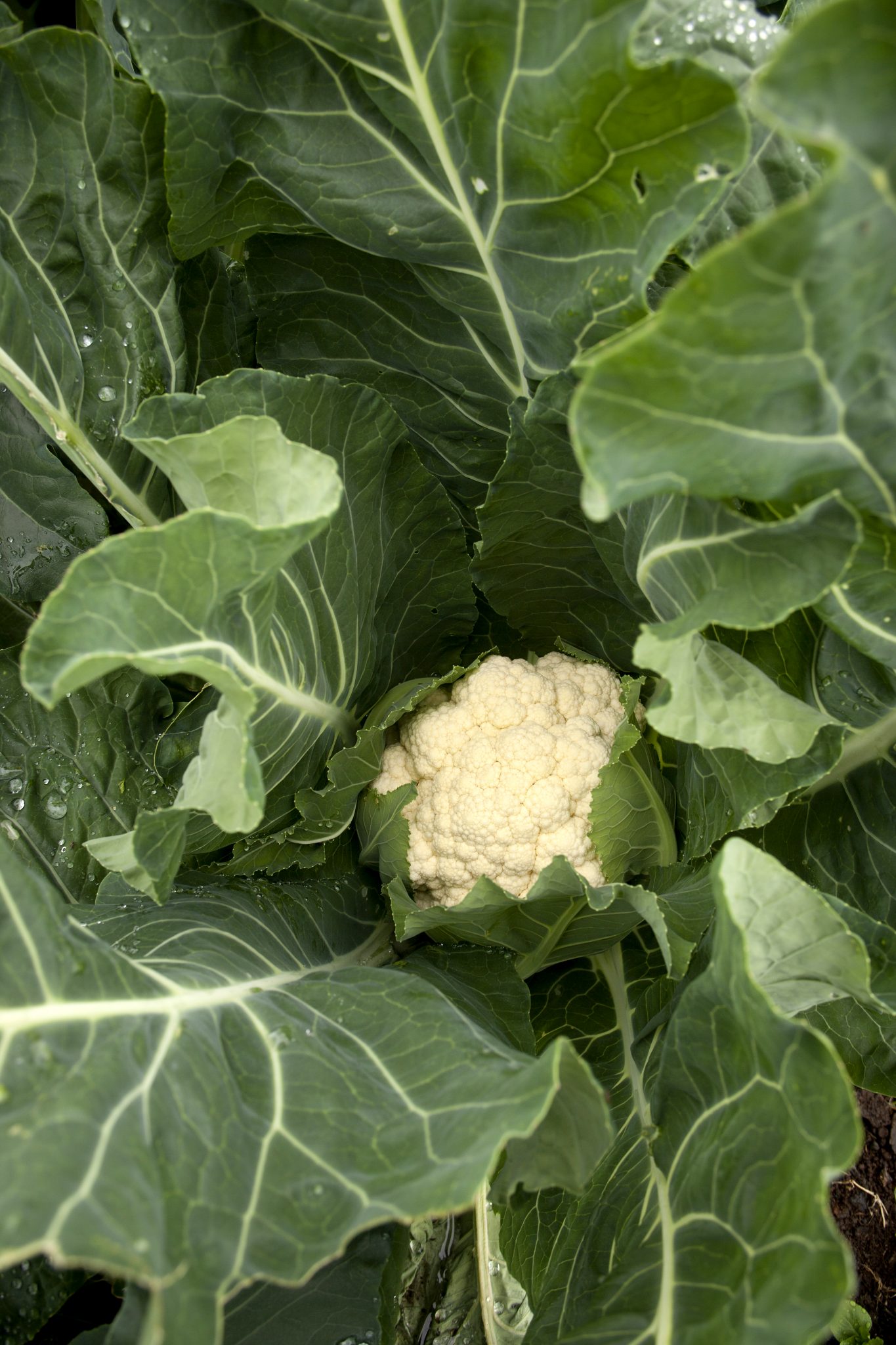
Beets, Carrots, Cauliflower, etc.
-

Ptarmigans, Ducks, & Geese
-
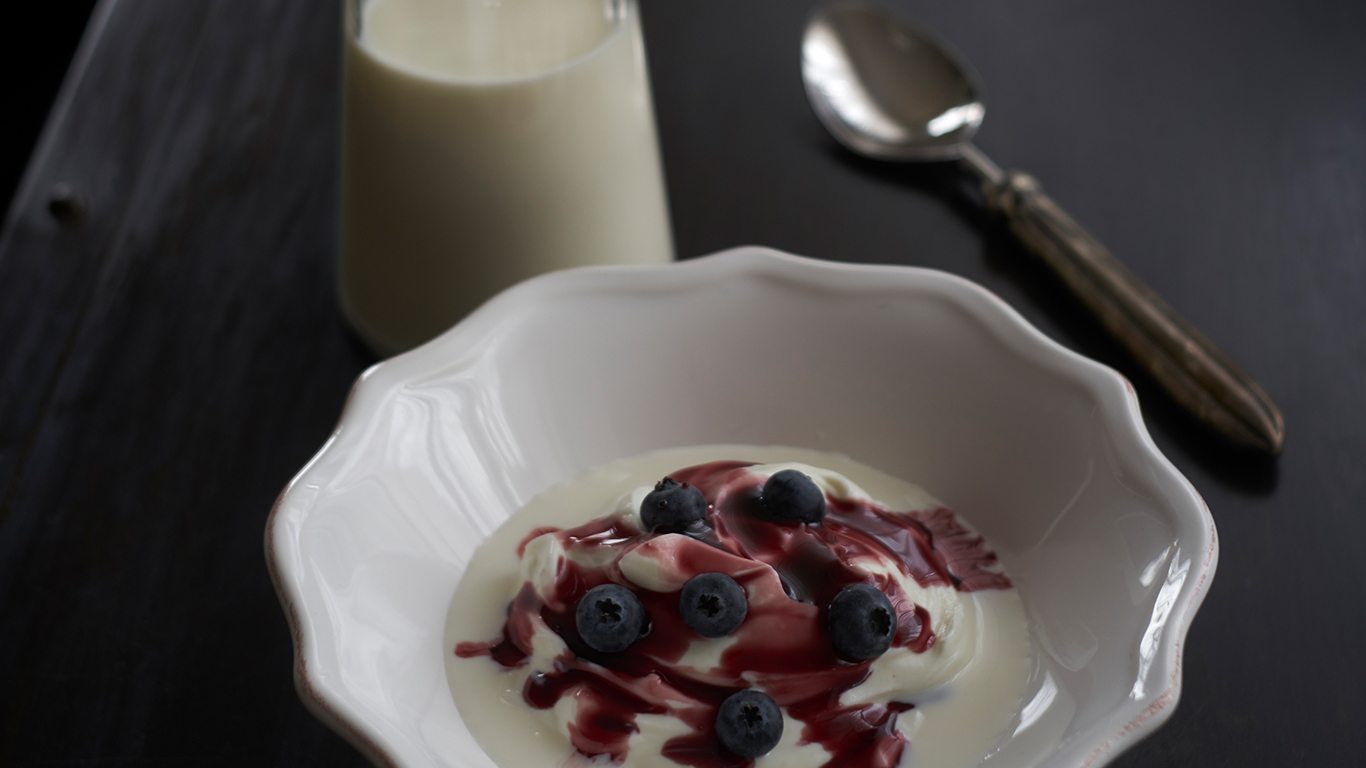
Dairy products
-
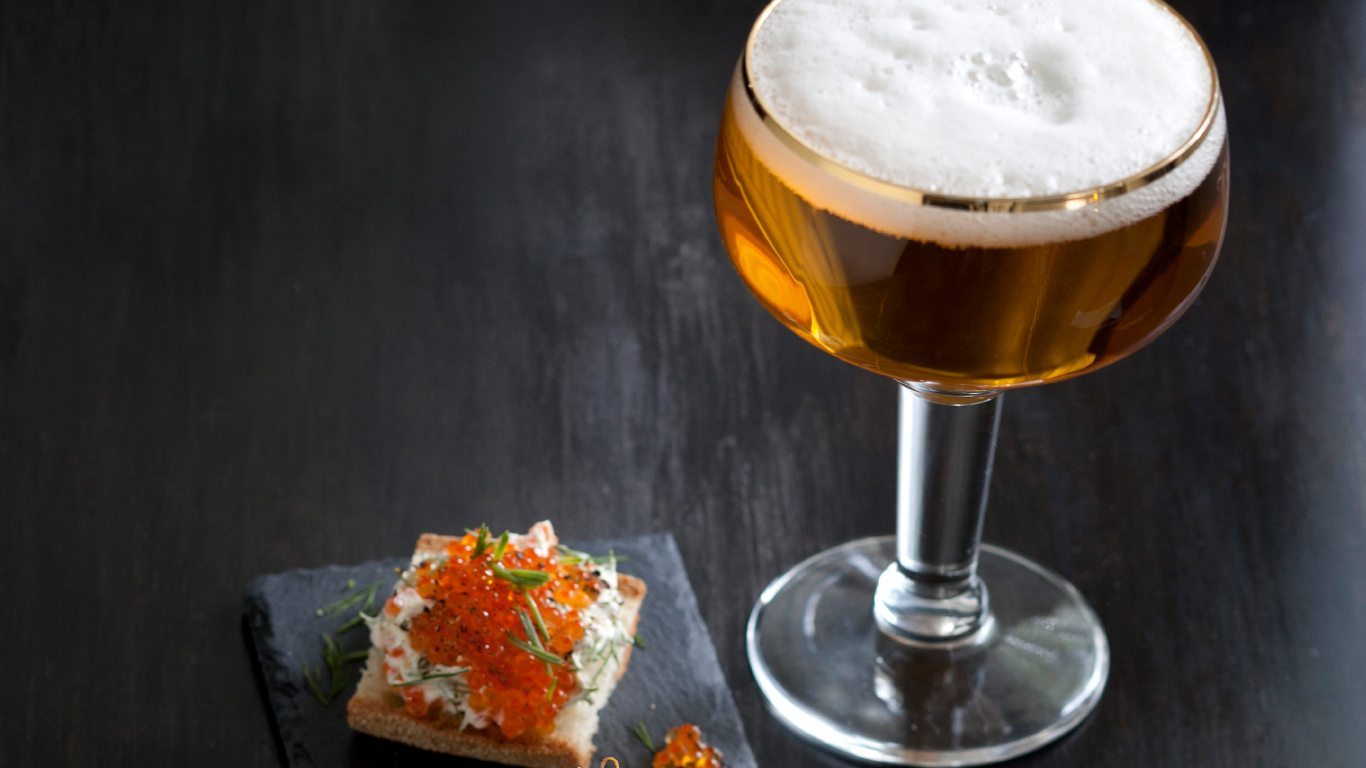
Whey, Ale & more
-
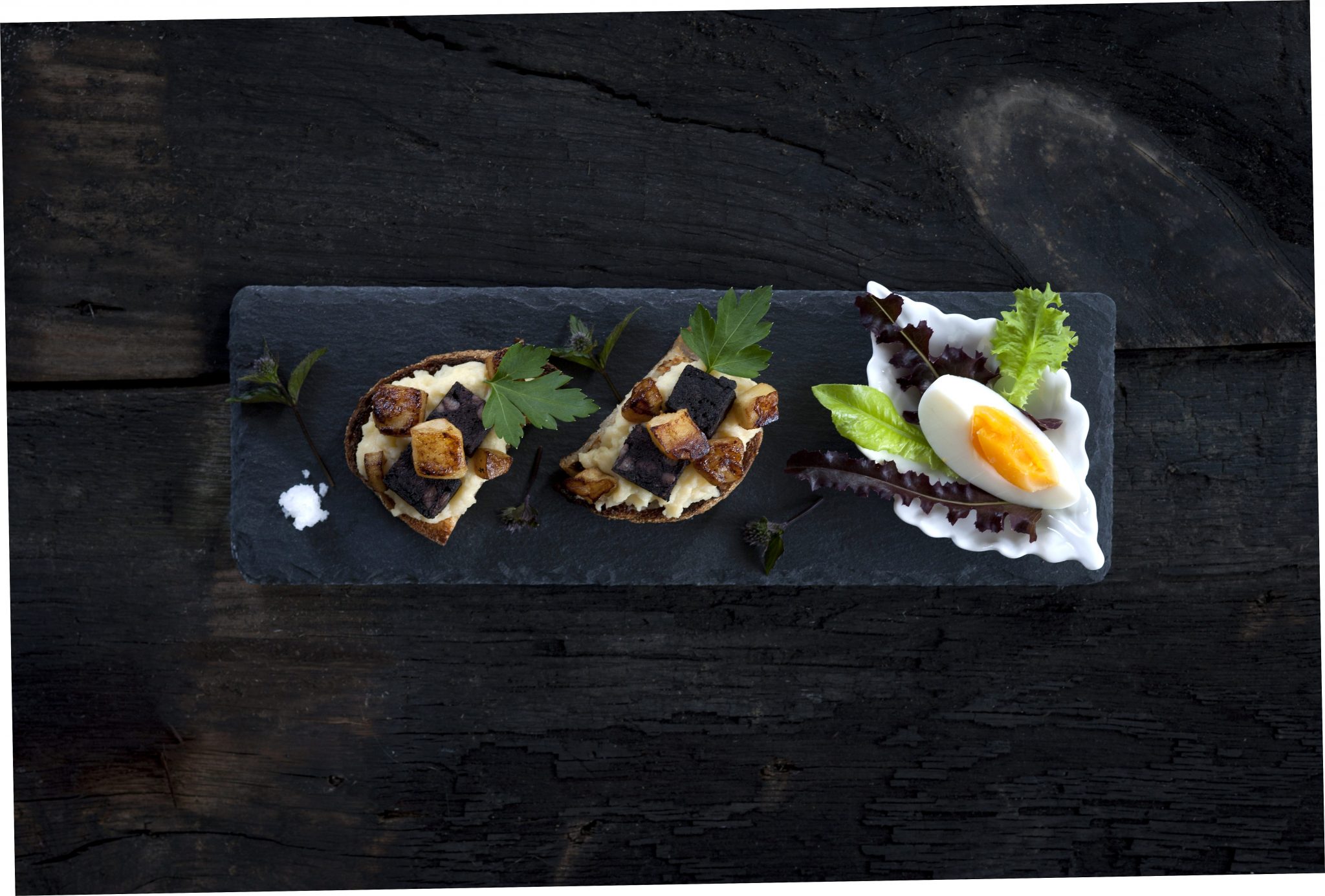
Barley, Wheat & Rye
-
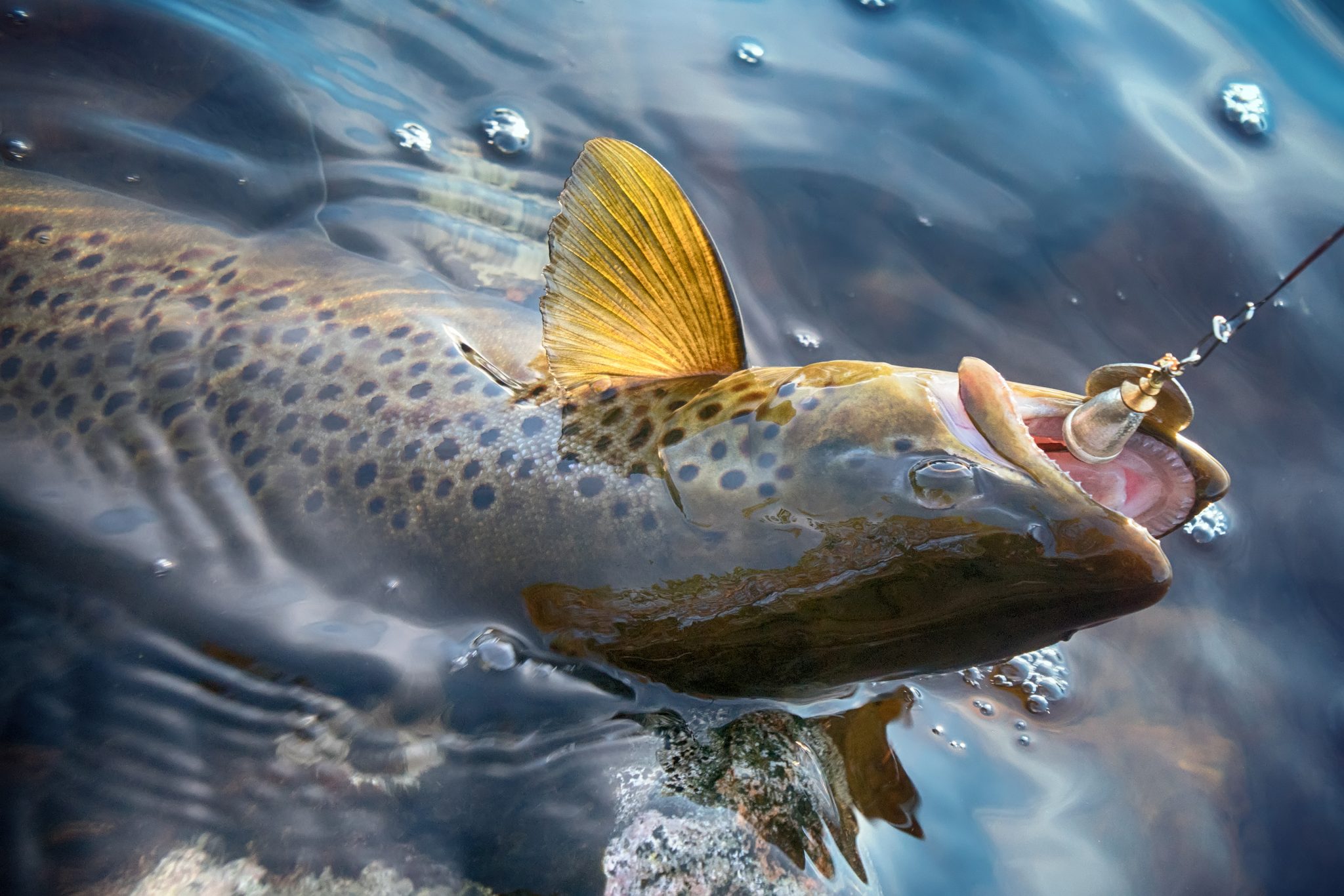
Salmon & Trout
-
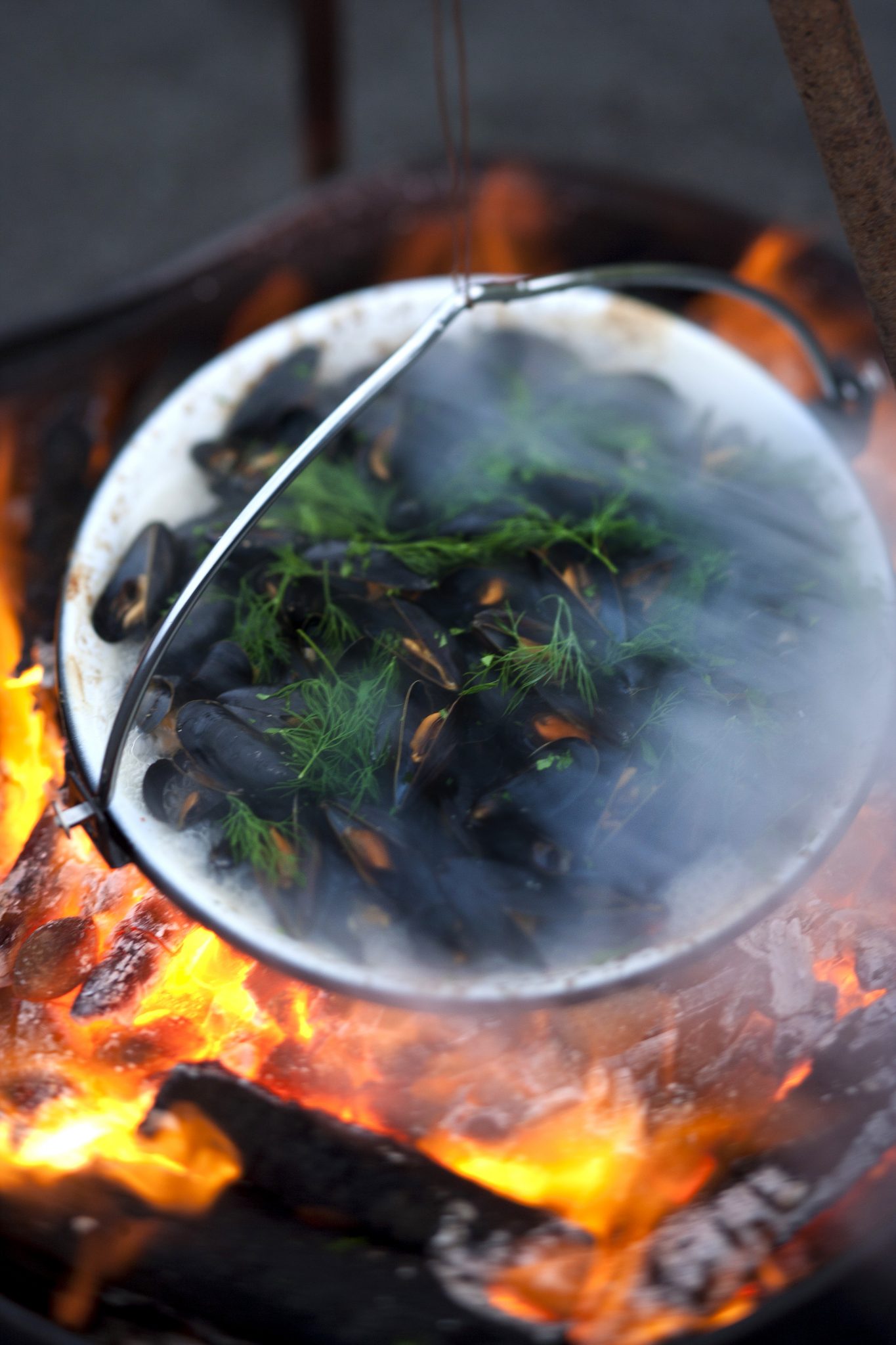
Shellfish
-
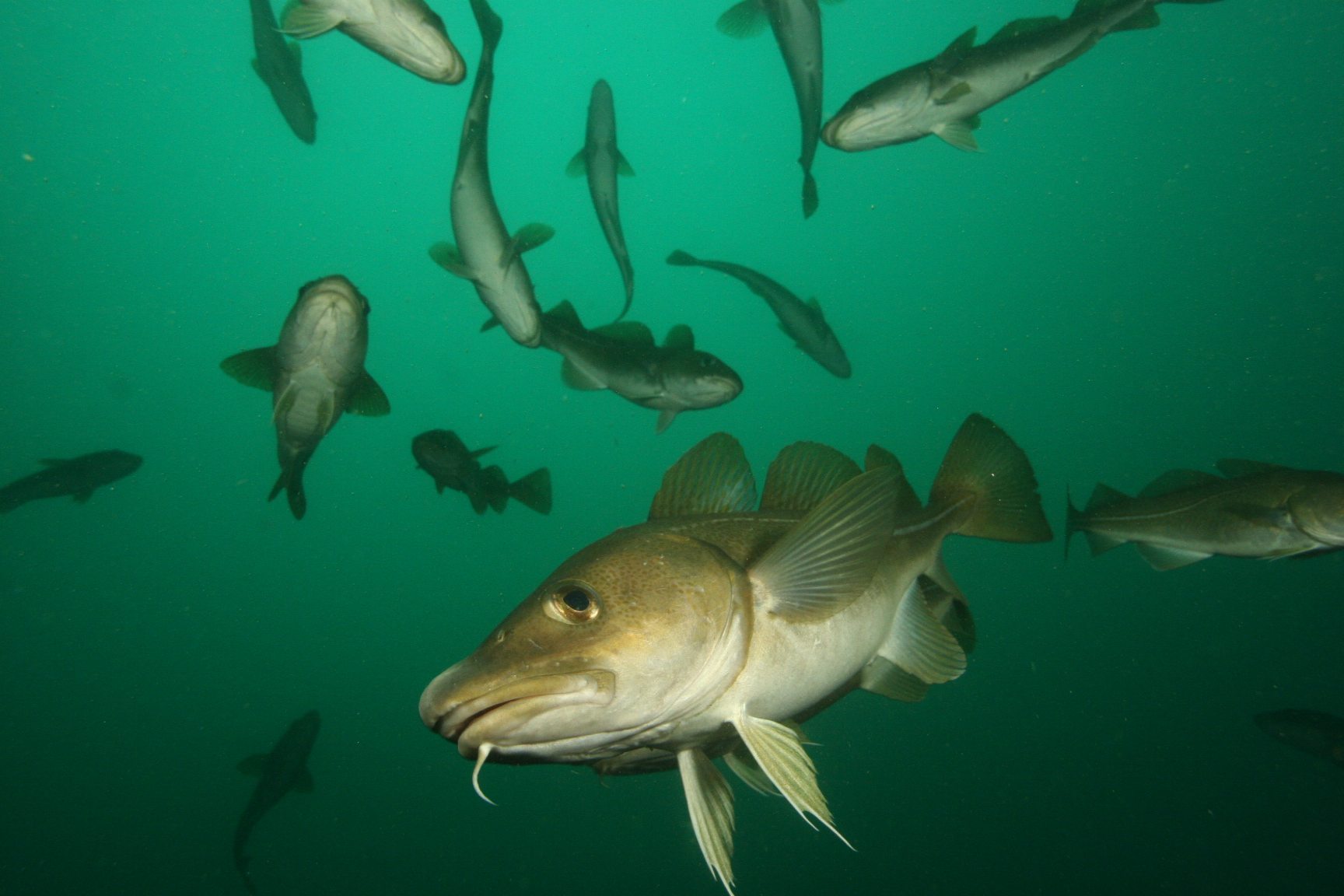
Fish
-
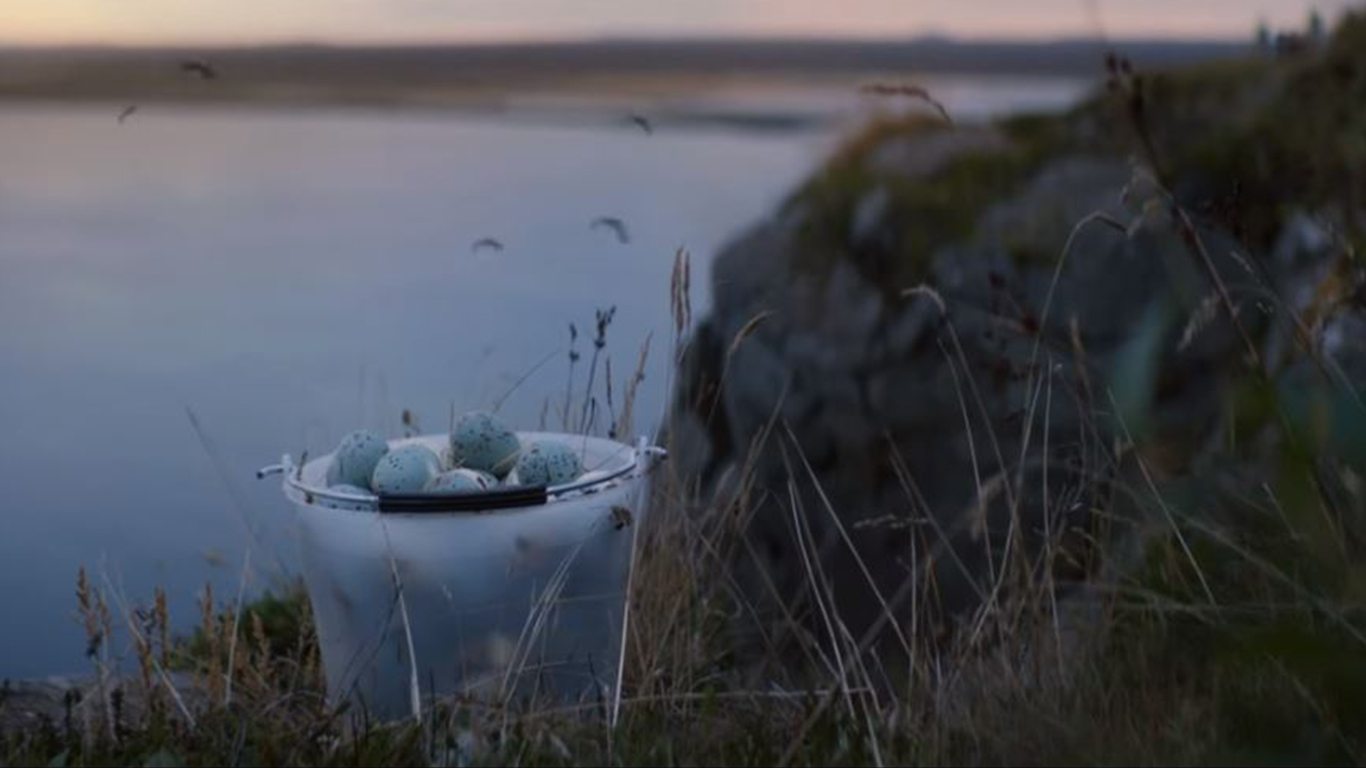
Seabirds
-
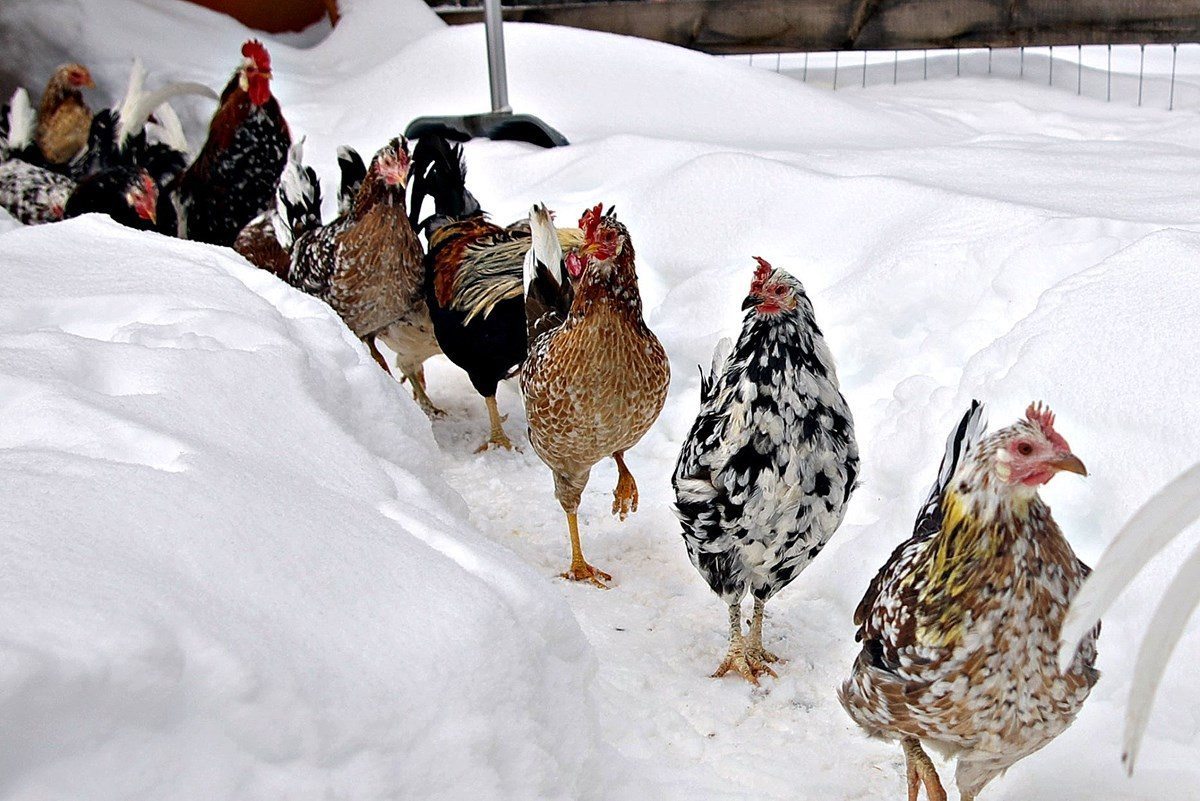
Fowl
-

Goats
-
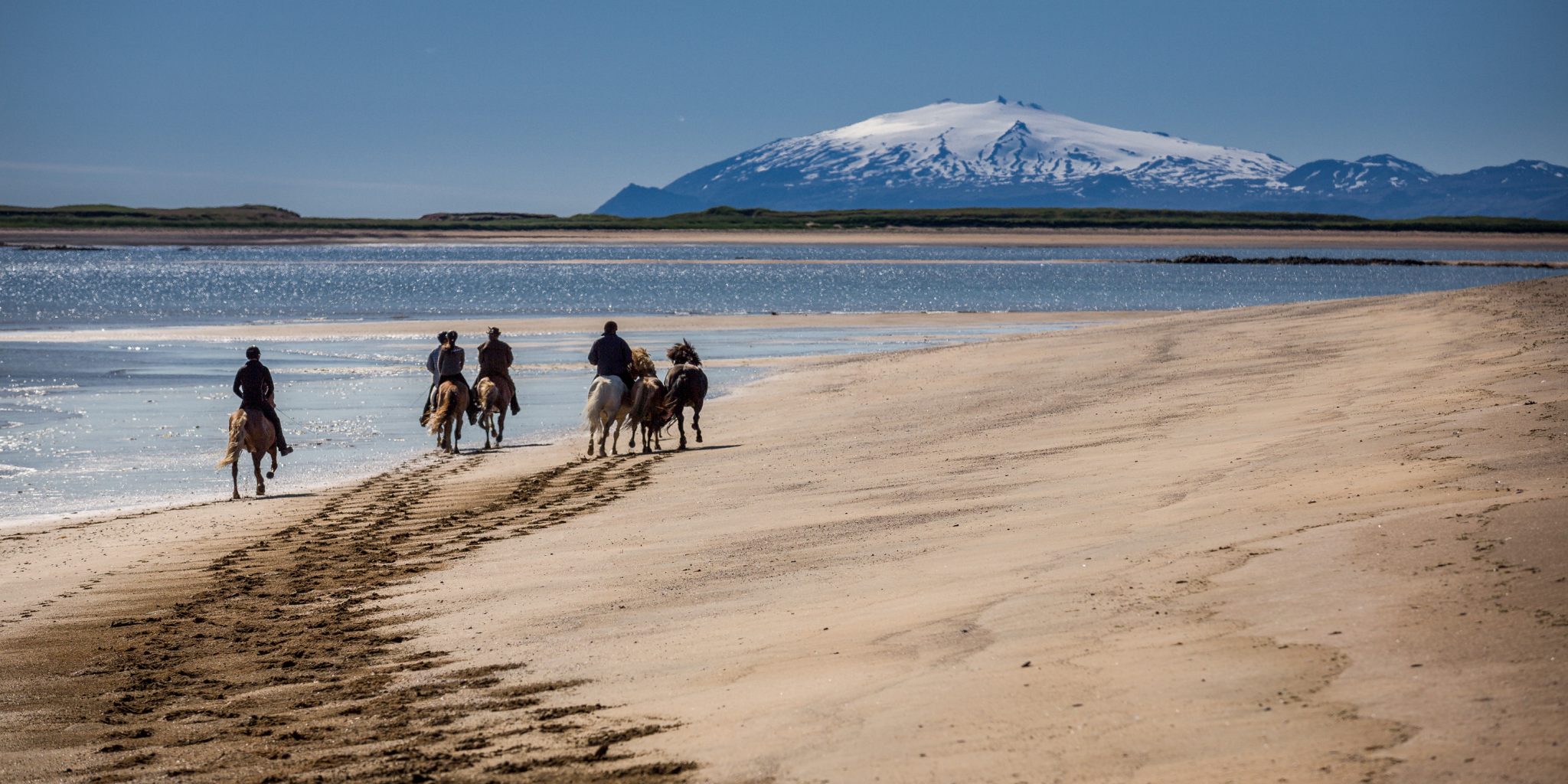
Horses
-
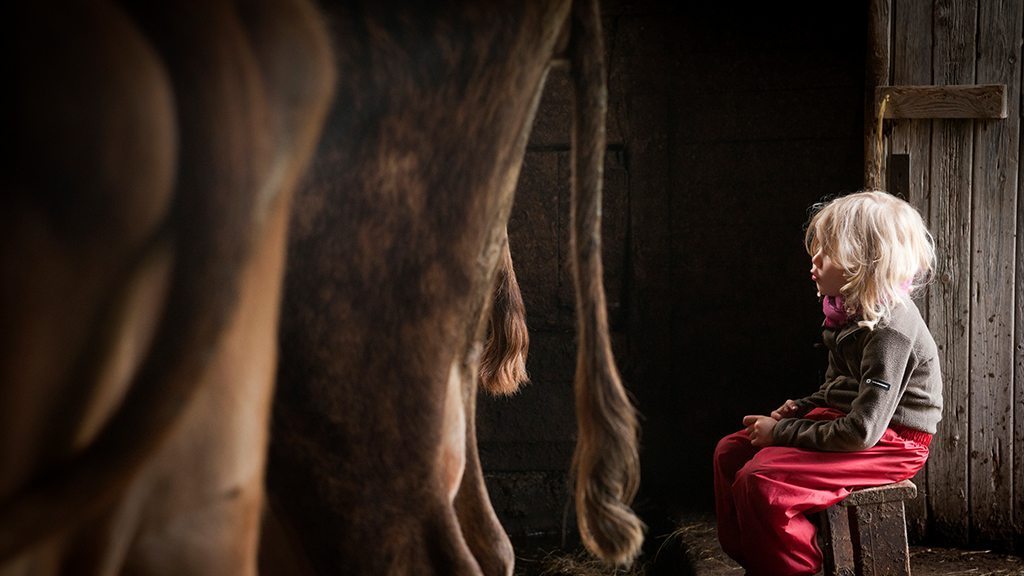
Cattle
-
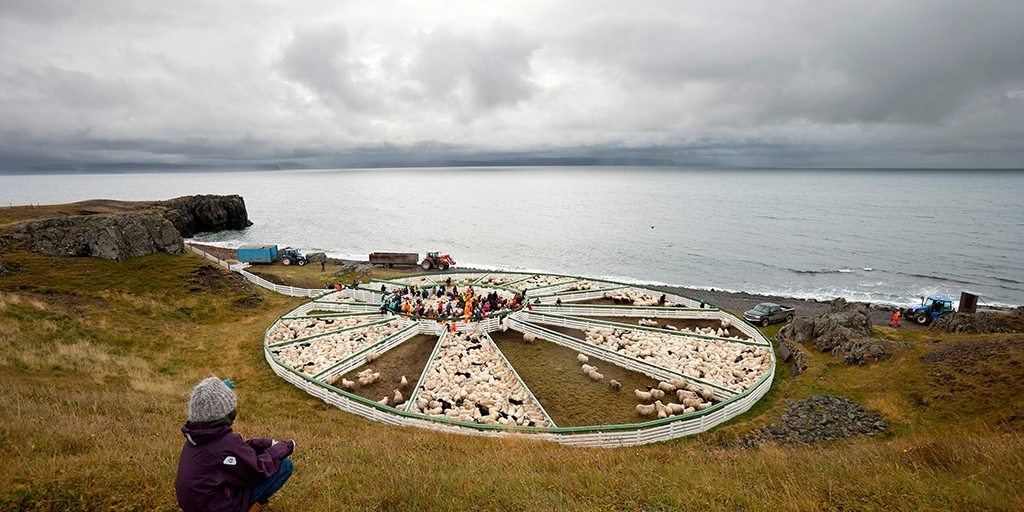
Sheep
